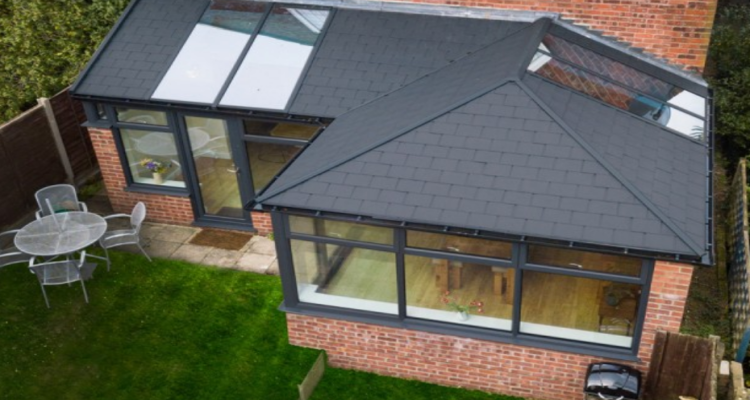All You Need to Know about Trickle Vents
Friday, 26 January 2024
Frequestly Asked Questions on Trickle Vents
1. Can background ventilators be installed through a wall to meet the Part F requirements, instead of installing trickle ventilators in windows?
Ventilation can be provided through any appropriate means. Installing a background ventilator through a wall that provides the equivalent areas described in Approved Document F, volume 1 can be an acceptable route to compliance.
2. What do I need to do if I already have a wall ventilator in my room?
When replacing a window in a room where there is already a wall ventilator present which meets the minimum equivalent areas in Approved Document F, volume 1, no further background ventilation needs to be added after replacing the windows.
3. Is a window with night-vent capability a suitable solution for background ventilation when replacing windows?
Providing a night-vent (also referred to as a night-latch), where a window can be locked slightly ajar, is not an appropriate background ventilation solution. This is because windows locked on the night-latch do not provide a sufficiently secure means of background ventilation.
4. When replacing windows, can the Building Regulations requirements be met through a homeowner signing a disclaimer that they will install background ventilation at a future date or that they do not wish to have any installed?
A disclaimer signed by the homeowner stating that they do not wish to have background ventilators or that they will be installed in future is not a suitable way of complying with the Building Regulations.
Purchasing an indemnity policy is also not a suitable alternative to meeting the requirements of the Building Regulations in full.
5. What are the benefits of trickle vents?
Without good ventilation, there will be more substances in the air that can cause harm to people. This includes pollutants from cooking, cleaning products, hygiene products and fabric furnishings. Diluting pollutants generated inside the home using ventilation is necessary, but importantly, outdoor air quality effects indoor air quality. There is also a high risk of mould in homes which are poorly ventilated.
